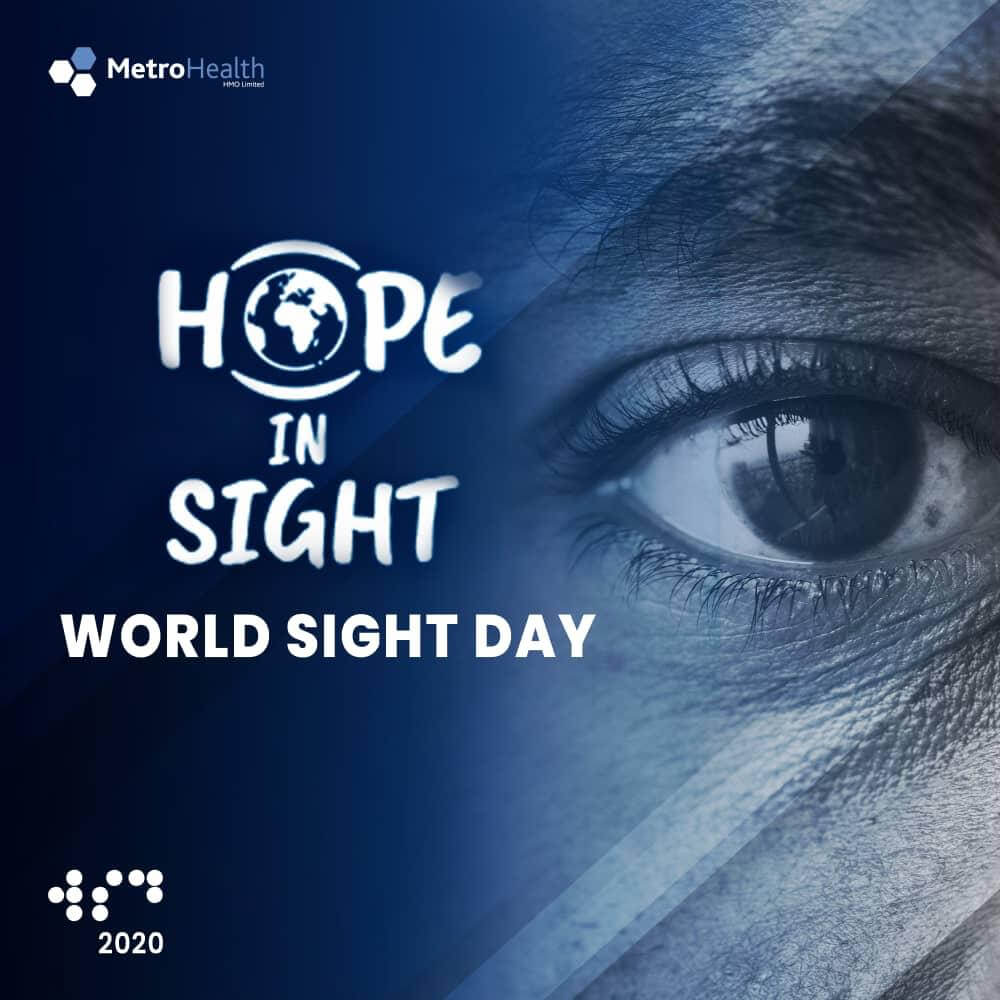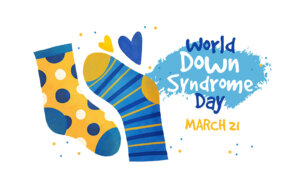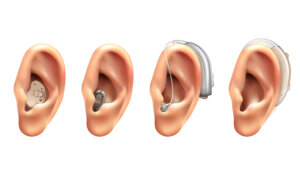World Sight Day is an annual day of awareness held on the second Thursday of October, to focus global attention on blindness and vision impairment. This year, World Sight Day will take place on 8 October 2020 with the theme: Hope In Sight.

According to WHO, 1 billion people have a vision impairment that could have been prevented or has yet to be addressed. This 1 billion people includes those with moderate or severe distance vision impairment or blindness due to unaddressed refractive error (123.7 million), cataract (65.2 million), glaucoma (6.9 million), corneal opacities (4.2 million), diabetic retinopathy (3 million), and trachoma (2 million), as well as near vision impairment caused by unaddressed presbyopia (826 million).
Reduced or absent eyesight can have major and long-lasting effects on all aspects of life, including daily personal activities, interacting with the community, school and work opportunities and the ability to access public services. Several factors attribute to reduced or absent eyesight and they include diseases like diabetes and trachoma, trauma to the eyes, or conditions such as refractive error, cataracts, age-related macular degeneration or glaucoma. The majority of people with vision impairment are over the age of 50 years; however, vision loss can affect people of all ages.
Causes
Globally, the leading causes of vision impairment are:
uncorrected refractive errors
cataract
age-related macular degeneration
glaucoma
diabetic retinopathy
corneal opacity
trachoma
There is some variation in the causes across countries. For example, the proportion of vision impairment attributable to cataract is higher in low- and middle-income countries than high- income countries. In high income countries, diseases such as diabetic retinopathy, glaucoma and age-related macular degeneration are more common. Among children, the causes of vision impairment vary considerably across countries. For example, in low-income countries congenital cataract is a leading cause, whereas in middle-
income countries it is more likely to be retinopathy of prematurity.

Strategies to address vision impairment Effective interventions are available for health promotion, prevention, treatment and rehabilitation to address the entire range of needs associated with eye conditions and vision
impairment across the life course. Some are among the most feasible and cost-effective to implement. For example, uncorrected refractive error can be corrected with glasses while cataract surgery can restore vision. Vision rehabilitation is also effective in improving functioning for people with an irreversible vision impairment. As we mark this year’s This World Sight Day, let us ask ourselves; when was the last time I got an eye exam? My family, friends and colleagues? Let us find the solutions to ensure that everyone everywhere has access to sight. Let us pledge to spread the
message of #HopeInSight.












One Response
Thank you for this article on Hope in Sight. Can you come up with Articles on Retinitis Pigmentosa, what is it, the causes and cure if any.
Thank you.